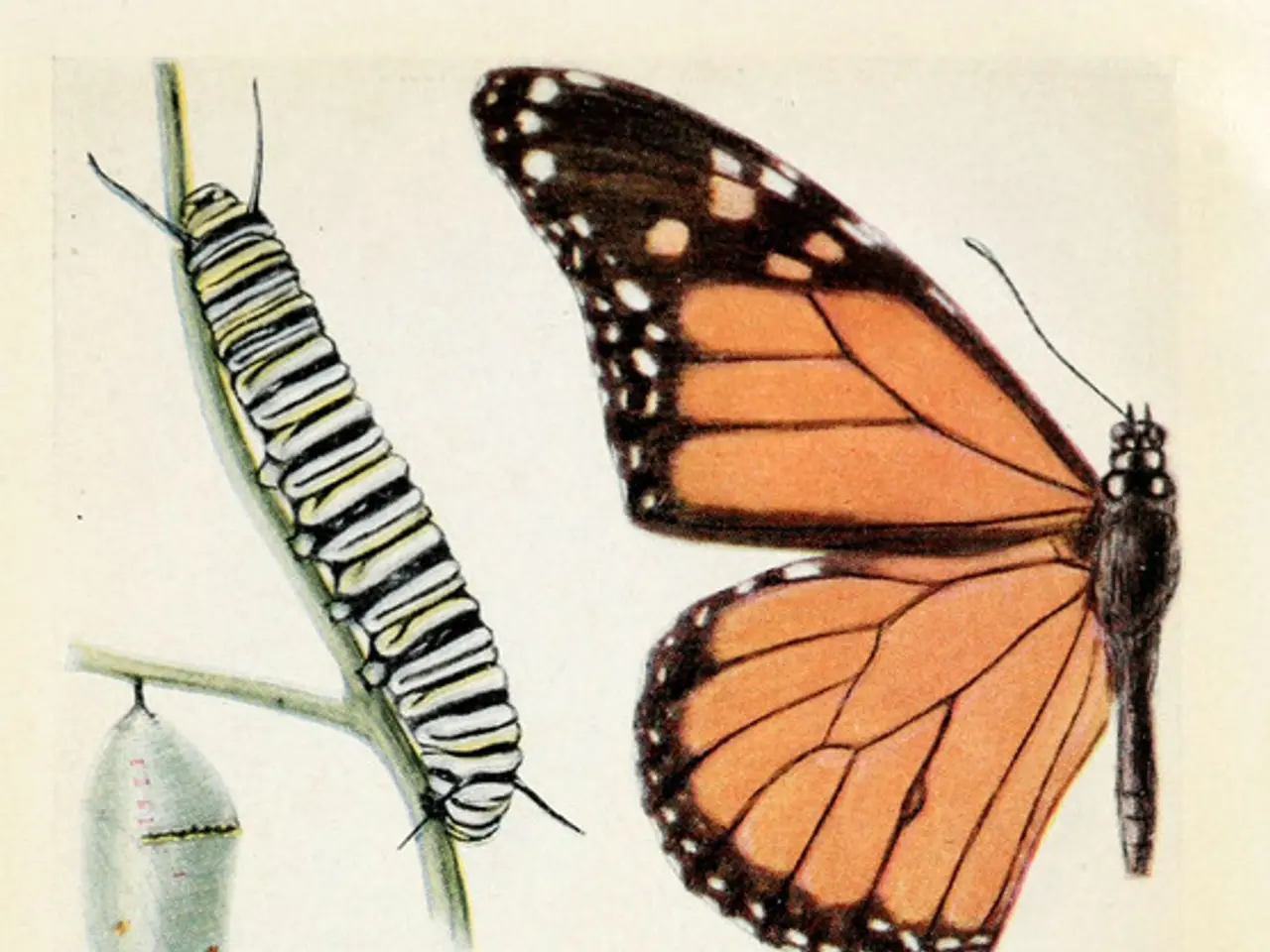Sickle Cell Disease Explained: Understanding its Causes, Variations, Symptoms, and Beyond
Sickle cell disease (SCD) is a genetic disorder that affects the hemoglobin in red blood cells, leading to a variety of health complications. This condition, which disproportionately affects people with ancestry from Africa, Mediterranean countries, the Arabian Peninsula, India, and Spanish-speaking regions in South America, Central America, and parts of the Caribbean, can be managed effectively with the right understanding and care.
SCD occurs when a person inherits two abnormal hemoglobin genes, one from each parent, resulting in sickle-shaped, rigid red blood cells that can block blood flow, causing severe pain crises, anemia, organ damage, infections, delayed growth, and chronic complications. Symptoms typically appear by 5-6 months of age and vary in severity. In contrast, those with sickle cell trait (SCT) carry only one abnormal hemoglobin S gene and usually do not show symptoms, requiring no treatment.
People with SCD require comprehensive medical care, with treatment focusing on managing symptoms and preventing complications. This may include pain relief during crises, infection prevention with vaccines and antibiotics, folic acid supplements, high fluid intake, blood transfusions, and monitoring organ function to avoid long-term damage.
Fortunately, advancements in medical research are underway. Scientists are currently looking for a cure for SCD, with hopes of establishing a next-generation therapy within 5-10 years. In the meantime, two treatments, Voxelotor (Oxbryta) and L-glutamine oral powder (Endari), have been approved for use, helping increase the production of healthy hemoglobin and reducing the number of sickle cells, respectively.
A stem cell transplant using cells from a matched, healthy donor can cure SCD, but it can be risky and the stem cells must be closely matched. This option is not suitable for everyone, and other approaches, such as medication and lifestyle changes, are often used.
For those interested in participating in clinical trials, speaking to a doctor or joining the National Institutes of Health's Cure Sickle Cell initiative can provide more information. A genetic counselor can also offer advice to people with a family history of SCD who are planning to have children.
It is essential to note that SCD can affect anyone, but it is more common among Black people and people of Mediterranean, South American, Middle Eastern, and South Asian ancestry. SCD can also impact pregnancy, with people with SCD or SCT at risk during pregnancy, experiencing pain and other symptoms, preterm birth, and having a baby with a low weight.
Health insurance will cover the treatment of SCD, and people without insurance can purchase it under the Affordable Care Act or apply for Medicaid. Sickle cell trait is a condition where a person has only one sickle cell gene and can pass it to their children.
The National Heart, Lung, and Blood Institute provide guidelines for managing SCD that vary by age groups and other factors. If a person inherits a faulty gene from each parent, they will have SCD. SCD is a genetic condition that is inherited from biological parents.
In summary, SCD involves two sickle genes, causing serious health problems requiring comprehensive medical care, while SCT involves carrying only one sickle gene with usually no symptoms and no treatment needed. The trait is more prevalent and common as a carrier state, whereas the disease is a less common but severe inherited disorder. With ongoing research and advancements in treatment, the future looks promising for those affected by SCD.
- Sickle cell disease (SCD) is a genetic disorder affecting the hemoglobin in red blood cells, often resulting in chronic diseases, medical-conditions, and health complications such as anemia, organ damage, and infections.
- Scientists are currently working on finding a cure for SCD, with hopes of establishing a next-generation therapy within 5-10 years, replacing the need for chronic disease management and long-term complications associated with the disorder.
- Folic acid supplements, high fluid intake, blood transfusions, and monitoring organ function are some of the approaches used for managing symptoms and preventing complications in people with SCD, although advancements in medical research offer a brighter future for these individuals.




